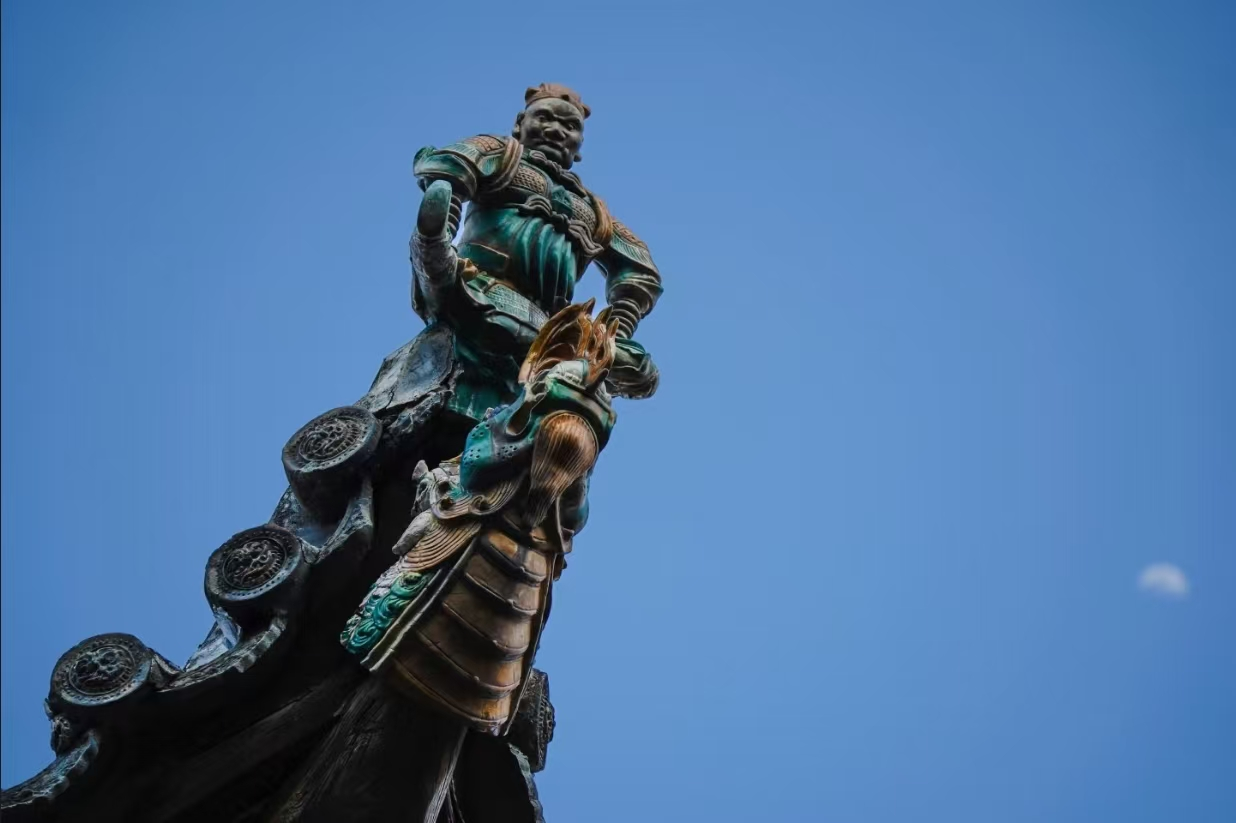Yongle Palace, originally called The Great Chunyang Longevity Palace, is one of the three major ancestral temples of Taoism, built to commemorate Lv Dongbin, one of the Eight Immortals. Due to its location in Yongle Town, it is commonly known as Yongle Palace. Construction began in the 2nd year of the Guiyou reign of Emperor Dingzong of the Yuan Dynasty (1247 AD) and was completed in the 18th year of the Zhizheng reign of Emperor Huizong of the Yuan Dynasty (1358 AD), spanning a long period of 111 years. It is the largest existing Taoist palace from the Yuan Dynasty, renowned for its architectural art and mural art at home and abroad. The current Yongle Palace is mainly composed of the Palace Gate, Wuji Gate, Sanqing Hall, Chunyang Hall, and Chongyang Hall.

The murals are Taoist didactic paintings, designed to reveal religious doctrines and inspire people. Their creation began slightly earlier than the European Renaissance, almost coexisting throughout the entire Yuan Dynasty. They are not only treasures of ancient Chinese painting art but also rare masterpieces in the history of world painting.

These murals not only inherit the excellent painting techniques of the Tang and Song dynasties but also incorporate the unique style of the Yuan Dynasty, demonstrating extremely high artistic value.The paintingas are vibrant and full of life, with resplendent golden hues, smooth flowing lines, and rich, vivid colors—each piece brimming with vitality. These murals serve not only as an important window for us to understand the Taoist culture of the Yuan Dynasty but also as crucial materials for us to appreciate and study the ancient Chinese painting art.

First Review by Zhan Xia
Second Review by Zhang Jian
Final Approval by Su Xiaoping


